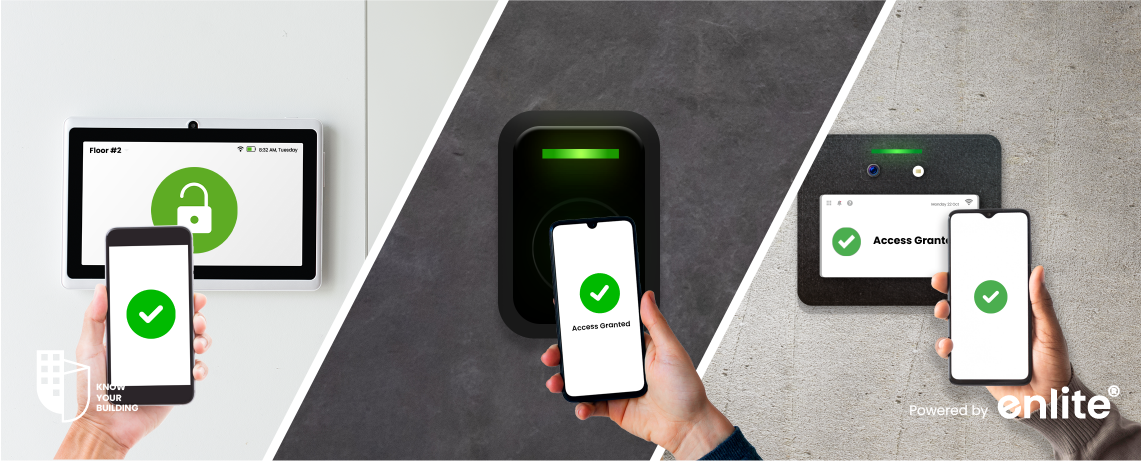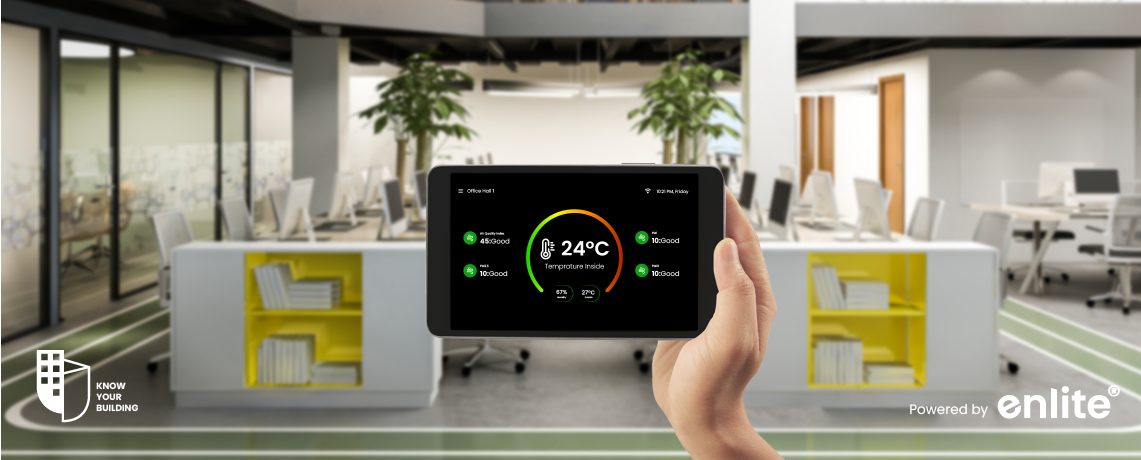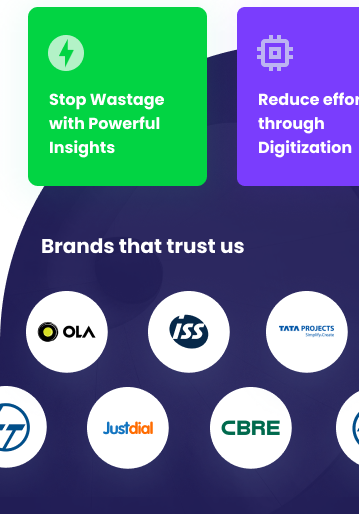Introduction
In today’s fast-paced and security-conscious world, modern buildings require advanced solutions to protect occupants, assets, and sensitive information. Access Control Systems (ACS) have emerged as a critical component in building management, offering a secure, efficient, and flexible way to manage entry and exit points.
This blog explores the essential role of access control systems in modern buildings and highlights their benefits, features, and real-world applications.
What Are Access Control Systems?
Access Control Systems are advanced security mechanisms designed to regulate who can enter or exit specific areas within a building. Unlike traditional lock-and-key systems, ACS leverages technology such as:
- Biometric authentication (fingerprint or facial recognition)
- RFID cards and key fobs
- PIN codes and password-based systems
- Mobile-based access
These systems integrate seamlessly with modern building management tools to enhance security, convenience, and operational efficiency.
Key Benefits of Access Control Systems
1. Enhanced Security
Access control systems minimize unauthorized entry by requiring verified credentials, such as biometrics or access cards. Real-time monitoring and alerts ensure rapid responses to security breaches.
2. Operational Efficiency
By automating access management, ACS reduces the administrative burden of manual key distribution and tracking. Facility managers can easily update or revoke permissions via centralized systems.
3. Customized Access Levels
Different levels of access can be assigned based on roles, ensuring that only authorized personnel can access sensitive areas like server rooms, labs, or executive offices.
4. Audit Trails and Data Insights
Access control systems provide detailed logs of entry and exit activity, helping organizations monitor patterns, ensure compliance, and investigate incidents.
5. Integration with Other Systems
Modern ACS integrates with building management systems (BMS), CCTV, fire alarms, and visitor management tools, creating a cohesive security ecosystem.
Features of Modern Access Control Systems
1. Biometric Authentication
Using fingerprints, facial recognition, or iris scans, biometric systems offer unmatched security and eliminate the risks associated with lost keys or cards.
2. Cloud-Based Management
Cloud-enabled ACS allows remote management of access permissions, real-time monitoring, and system updates, making it ideal for multi-site operations.
3. Mobile Access
With smartphone integration, users can unlock doors or gates using mobile apps, reducing the reliance on physical access cards.
4. Multi-Factor Authentication (MFA)
By combining two or more authentication methods (e.g., biometrics and PIN), MFA adds an extra layer of security to sensitive areas.
5. Scalability
From small offices to large campuses, ACS can scale to meet the needs of various building types and user volumes.
Applications of Access Control Systems
1. Corporate Offices
Secure workspaces, meeting rooms, and data centers while enabling efficient visitor management and employee tracking.
2. Healthcare Facilities
Restrict access to sensitive areas like pharmacies, operating rooms, and patient records to ensure compliance with health regulations.
3. Educational Institutions
Ensure the safety of students and staff by regulating access to classrooms, labs, and administrative offices.
4. Residential Complexes
Enhance security and convenience for residents with features like smart locks, visitor access codes, and package delivery tracking.
5. Retail Spaces
Prevent theft and unauthorized entry to inventory storage areas, cash rooms, and back offices.
Future Trends in Access Control Systems
1. AI-Powered Analytics
Artificial Intelligence will enhance ACS by predicting potential security breaches and analyzing access patterns for better decision-making.
2. IoT Integration
The Internet of Things (IoT) will enable seamless connectivity between ACS and other smart devices, such as lighting and HVAC systems, for greater automation.
3. Touchless Access
Post-pandemic concerns have accelerated the adoption of touchless access methods, such as facial recognition and smartphone-based entry.
4. Blockchain for Data Security
Blockchain technology could provide a tamper-proof record of access logs, improving transparency and accountability.
Enhancing Modern Building Management with Access Control Systems
Access Control Systems have become an indispensable part of modern building management. By providing robust security, operational efficiency, and seamless integration with other systems, ACS ensures buildings remain safe, smart, and future-ready. As technology continues to evolve, the capabilities of ACS will expand, offering even greater value to organizations and occupants.
Whether for a corporate office, a healthcare facility, or a residential complex, investing in a modern access control system is a step toward smarter and more secure building management.
Secure your building with advanced Access Control Systems today and embrace the future of building security.














